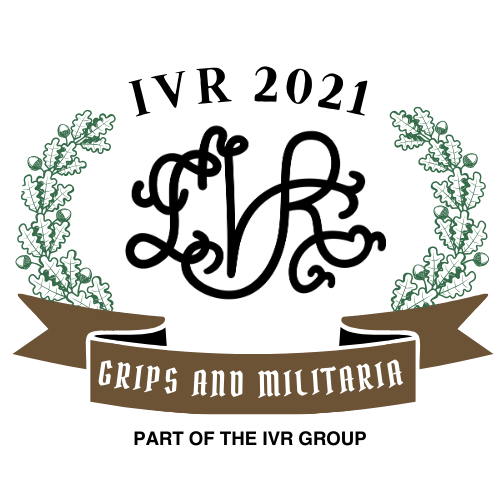In the Table below we can find the years of production for the Zella Mehlis PP and PPK from before and during ww2. Walther PP Serial numbers Walther PPK Serial numbers 1929 750001 – 751000 1929 1930 751000 – 757400 1930 754900 – 760000 1931 757400 – 760000 1931 760000 – 770500 1932 77000 – 802500 1932 774900 – 780100 1933 810000 – 812000 1933 783000 – 798200 1934 812000 – 815000 1934 807000 – 827100 1935 815000 – … Continue reading “Walther PP and PPK Years of Production”
Category: Posts
The Safety of WWII German Service Watches: Separating Fact from Fiction
Posted on June 29, 2024July 3, 2024 Leave a comment on The Safety of WWII German Service Watches: Separating Fact from FictionWorld War II-era German service watches, known for their historical significance and distinctive markings, are a topic of fascination for collectors and history enthusiasts. Among the notable features of these watches are the “DH,” “D,” “DU,” and the rarer “DIH” stamps on their casebacks. Special Kriegsmarine watches also exist with only a serial number on the caseback, but a “KM” mark on the dial. These watches were often painted with radium, which gave them a glow-in-the-dark capability. However, there are … Continue reading “The Safety of WWII German Service Watches: Separating Fact from Fiction”
The Mystery of the rln 8×30 Dienstglas Binoculars
Posted on June 29, 2024July 8, 2024 3 Comments on The Mystery of the rln 8×30 Dienstglas BinocularsThe rln 8×30 Dienstglas binoculars made by Carl Zeiss, are a fascinating piece of military history, their existence is quite mysterious and marked by conflicting details about their production. These binoculars, bearing the factory code “rln,” were purportedly manufactured in 1942, yet several characteristics suggest a later production date. In this post I will try to shine some light on these contradictions. The Carl Zeiss Factory Codes During World War II, German manufacturers were assigned secret factory codes to … Continue reading “The Mystery of the rln 8×30 Dienstglas Binoculars”
Engravings on German 6×30 Dienstglas Binoculars
Posted on June 29, 2024June 29, 2024 Leave a comment on Engravings on German 6×30 Dienstglas BinocularsIn this blog post, I want to explain the different markings found on German Dienstglasses. These binoculars were a crucial tool for the German military, offering rangefinding capability and durability in various conditions, from the cold of the east front to the heat of the africa dessert. Let’s take a closer look at the details and significance of the engravings found on these historical optics and what they mean. For IVR2021’s selection of Dienstglasses and accesories available; click here. Pre-War Models … Continue reading “Engravings on German 6×30 Dienstglas Binoculars”
How to use the H/6400 Dienstglas Rangefinder
Posted on June 29, 2024June 29, 2024 Leave a comment on How to use the H/6400 Dienstglas RangefinderWhat does H/6400 mean? This is a designation of the underlying math of how the rangefinder works. If you extrapolate the points in the rangefinder all around you, they will form a complete circle around the viewer. For this circle a radius of 1km was assumed, making the circumference 6283m which rounded up makes 6400, a number easily dividable by 4. This rounding up was found to barely change the distance outcome but makes it drastically easier to calculate distance. … Continue reading “How to use the H/6400 Dienstglas Rangefinder”
Walther PP and PPK Magazine Extensions
Posted on May 16, 2024January 2, 2025 Leave a comment on Walther PP and PPK Magazine ExtensionsMagazine extensions The Walther PP and PPK, made in Zella Mehlis, come in many different variations of grips, parts, and magazine extensions. In this post, I want to focus on the magazines and their extensions. Below I will list every single PP and PPK magazine extension from Zella-Mehlis that is known, what guns it was used on and what dates they were in service, to buy any of these extensions, just click on which one you want! 1929-1945 White no … Continue reading “Walther PP and PPK Magazine Extensions”


